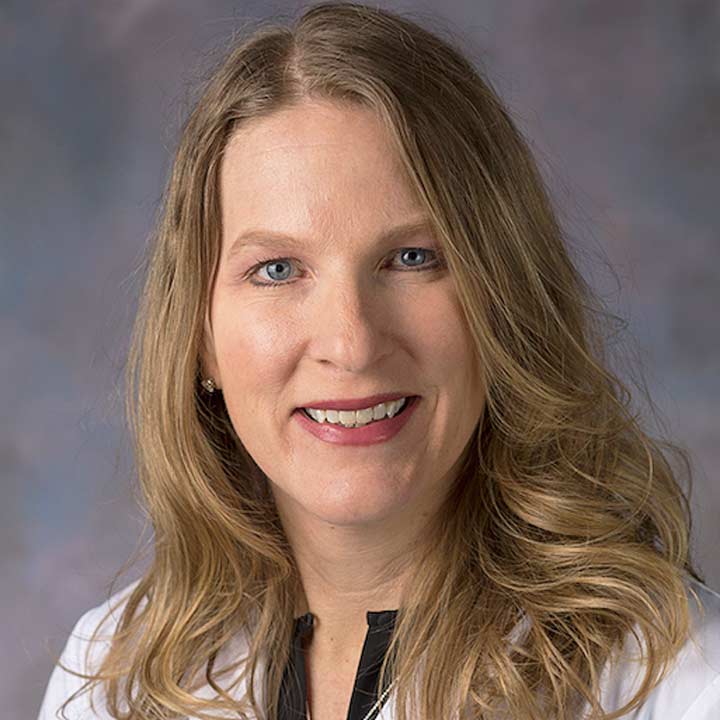 With approximately 130 medical residency programs in the U.S., there has been a need for a standardized core curriculum for otolaryngology trainees. After a decade of effort by many leaders in education, the Otolaryngology Core Curriculum has been launched, headed by Meredith Nicole Lind, MD, FAAP, FACS, clinical professor of Otolaryngology at The Ohio State University College of Medicine and a member of the Department of Otolaryngology – Head and Neck Surgery at Nationwide Children’s Hospital.
With approximately 130 medical residency programs in the U.S., there has been a need for a standardized core curriculum for otolaryngology trainees. After a decade of effort by many leaders in education, the Otolaryngology Core Curriculum has been launched, headed by Meredith Nicole Lind, MD, FAAP, FACS, clinical professor of Otolaryngology at The Ohio State University College of Medicine and a member of the Department of Otolaryngology – Head and Neck Surgery at Nationwide Children’s Hospital.
Dr. Lind is coordinator for education for the American Academy of Otolaryngology – Head and Neck Surgery (AAO-HNS), and in this role has led the efforts to create the Otolaryngology Core Curriculum. The AAO-HNS, as well as the Otolaryngology Program Directors Organization (OPDO) and the Society of University Otolaryngologists (SUO), are actively involved in defining and creating standards and resources for physician resident and medical student education for otolaryngology in the U.S.
The curriculum officially launched in July 2024, and Dr. Lind says about 109 of the 130 U.S. programs have enrolled. “The idea is to provide a universal learning curriculum for residents for their general and comprehensive otolaryngology knowledge and to help faculty improve the efficiency and quality of teaching.”
Overall, there will be 100 modules for a two-year curriculum. Twenty-five modules were launched in July 2024, and 25 more opened Jan. 1 of 2025. The remaining 50 are under development.
In November 2024, Brad deSilva, MD, clinical professor of Otolaryngology at The Ohio State University Wexner Medical Center and vice chair of education in the Department of Otolaryngology – Head and Neck Surgery, presented on the value of the curriculum at the annual meeting for the SUO, OPDO and the Association of Academic Departments of Otolaryngology (AADO). Dr. deSilva says, “There is a weekly module on different topics within our field, and those modules have been developed with resources and hyperlinks that the resident physicians can access and read more on.”
The curriculum covers a range of topics, such as adult and pediatric airway emergencies, hearing loss, middle ear disease, and vocal fold paralysis and paresis. It also includes general concepts like professionalism, evidence-based medicine, quality improvements and the business of medicine.
Otolaryngology residency programs can use the curriculum for their full educational program or use it as a supplement. Dr. deSilva says, “There are no other full versions of the curriculum. There are many educational resources that the academy produces that residency programs and departments around the country may purchase, and there are other educational tools produced by other companies, such as question banks. But this is something promoted and organized by our educational leaders within our field.”
As the modules are rolled out and utilized, Dr. Lind says, “there will be a continuous review and improvement cycle for each module.”
Although the Otolaryngology Core Curriculum is targeting U.S.-based training programs, Dr. Lind says, “we feel there is a role for the curriculum to be used internationally. We are working with our partners across international societies to help create pricing structures that will be fair to different countries who can also benefit from using it for their trainees who are learning about otolaryngology.”
